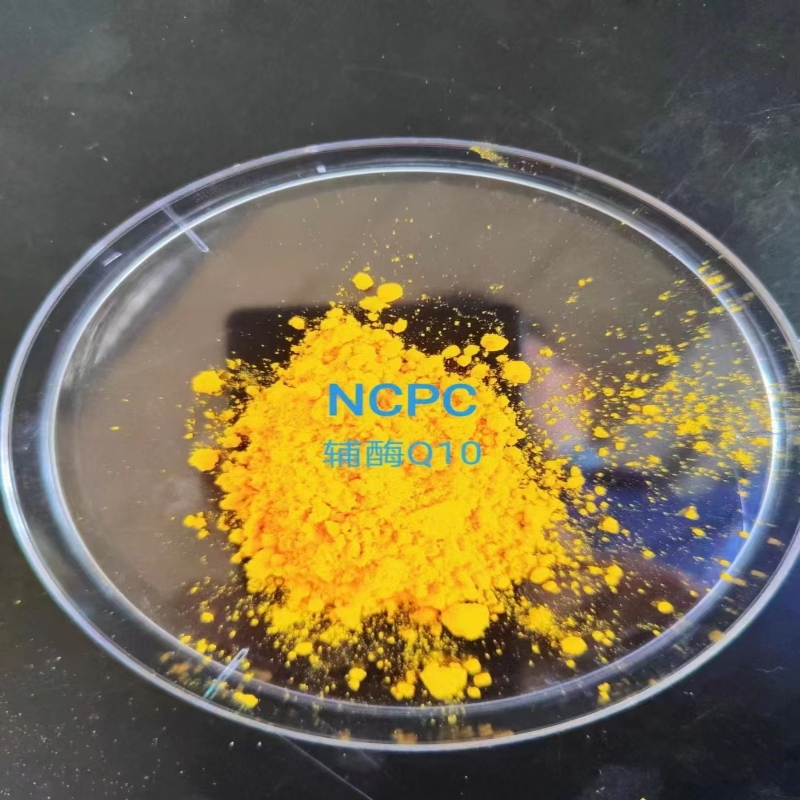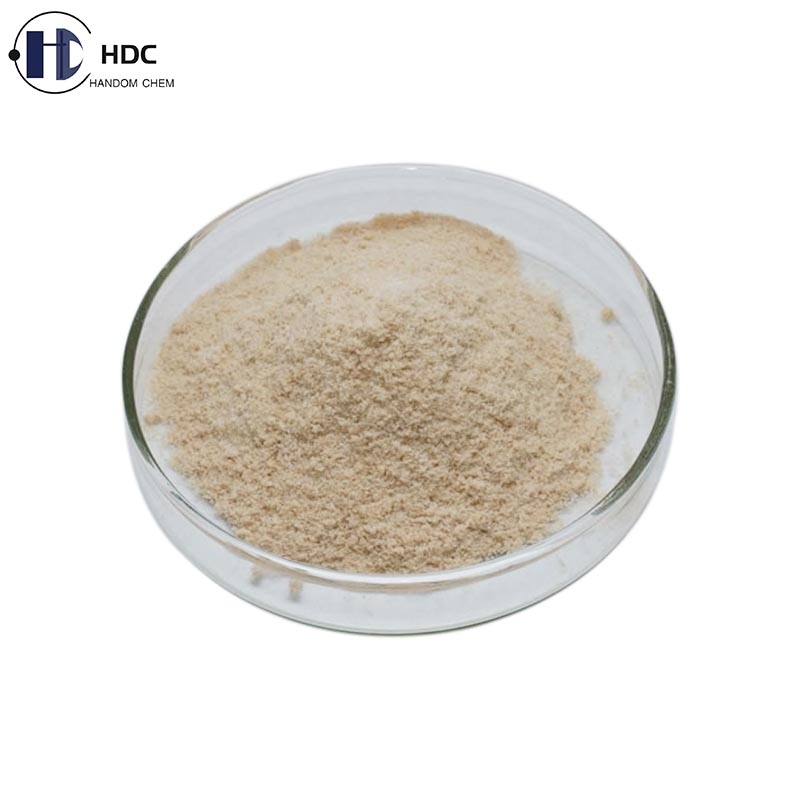-
Categories
-
Pharmaceutical Intermediates
-
Active Pharmaceutical Ingredients
-
Food Additives
- Industrial Coatings
- Agrochemicals
- Dyes and Pigments
- Surfactant
- Flavors and Fragrances
- Chemical Reagents
- Catalyst and Auxiliary
- Natural Products
- Inorganic Chemistry
-
Organic Chemistry
-
Biochemical Engineering
- Analytical Chemistry
-
Cosmetic Ingredient
- Water Treatment Chemical
-
Pharmaceutical Intermediates
Promotion
ECHEMI Mall
Wholesale
Weekly Price
Exhibition
News
-
Trade Service
Agarose polysaccharides are complex polymer carbohydrates present in red algae, consisting of 1,3 linked beta-D-semi-lactose and 1,4-link 3,6-endether-alpha-L-semi-lactose residues, which form agaoligosaccharides under the action of glycoside hydrolysase, and have physiological functions such as improving the body's immunity, anti-inflammatory, anti-tumor, moisture absorption and whitening, and have value in medicine, food, cosmetics and other fields.
, most of the reported agenase activity is low, specific and thermal stability is poor, can not be applied to the green production process of argon sugar.
the functional sugar and natural active substances research team led by Sun Weixia, a researcher at the Tianjin Institute of Industrial Biotechnology of the Chinese Academy of Sciences, excavated two new agaGase agaA and AgaB from marine microorganisms.
study found that AgaA is a kind of high thermal stability of the internal cut type agarase, with a strong glycoside hydrolyzing effect, degradation of agalipid polysaccharides to produce low-polymer agar oligosaccharides;
on this basis, the research team established a double enzyme coupled degradation agar production of new agar oxide process, at 60 degrees C on the high concentration of agar base deglue liquefaction, and then the polymerization of the product for ionization treatment, to obtain the purity of the new agar dioxide reached more than 90%, the conversion rate of raw materials close to 94%, for green, efficient preparation of new agar sugar to provide a new strategy.
research, supported by national research and development programs, is published in International Journal of Biological Macromolecules.
Tianjin Institute of Technology and Tianjin University of Science and Technology jointly train master's student Yan Junjun, Tianjin Institute of Technology postdoctoral Chen Peng as co-first author of the thesis, Tianjin Institute of Technology associate researcher Zhu Weiming as the paper communication author.
()







